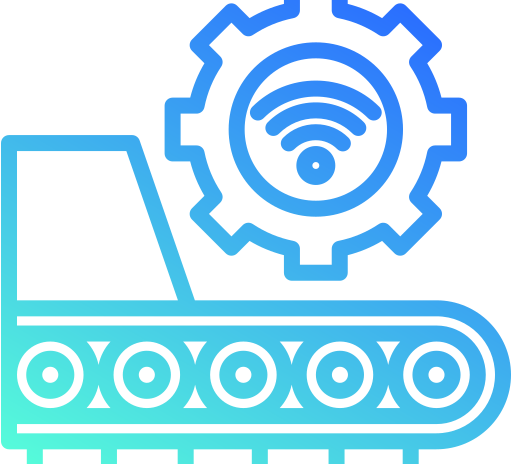Productivity is defined as the relationship between the quantity of goods or services produced and the quantity of resources used. Automation has a positive impact on productivity because it allows you to produce more with the same or even fewer resources:
- Higher production speed: Automated machines can perform much more precise tasks at a constant speed, resulting in a significant increase in production volume over the same period of time.
- Greater precision and consistency: Machines perform the same tasks in exactly the same way every time, resulting in greater consistency in product quality and a lower defect rate. This, in turn, reduces the need for reprocessing and waste due to defective products, increases effective productivity, and reduces the use of raw materials.
- Freeing up workers for higher-value tasks: Human workers can be used for tasks requiring more complex skills, such as monitoring automated systems, problem-solving, innovation, and new product development, allowing for an increase in the overall productivity of the workforce.
- Improved data-driven decision-making: An automated system collects and processes large amounts of data in real time, which can be analyzed to identify opportunities for improving and optimizing production and making more informed decisions, leading to higher productivity in the long term.
In general, industrial automation processes manage and promote consistent efficiency, enabling resource optimization and a measurable reduction in waste, resulting in increased productivity, more effective and faster processes, improved quality, and generally improved return on investment.
For this reason and beyond, they make automation a strategic investment in the short, medium, and long term for companies seeking to increase their competitiveness in the global market.
